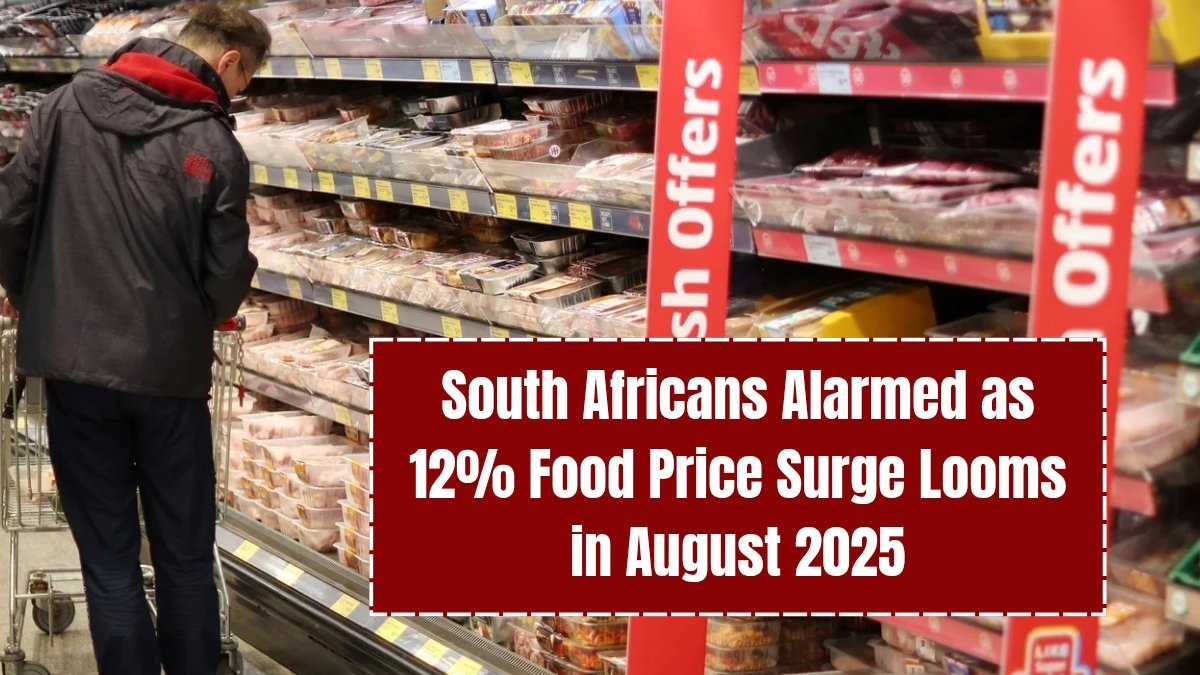Another painful increase in food prices at an unhealthy rate of 12% is expected in August 2025, with money down and pecuniary worries contributing to the cabal. So great is this phenomenon-that-in-fact-by-the-working-of-international-and-local-level-forces-that-even-but-just-maize, bread, and vegetables would be beyond price. Since approximately 55% of the population lives below the poverty line of R1,558 a month, this price increase will strike a further blow to food insecurity. The paper thus explores some causes of starvation, the effects that starvation itself engenders, and possible alleviators.
Causes of the Food Price Surge
The August 2025 food price physicality owes its existence to a combination of local and foreign winds. Increasing fuel prices; and with an R2.75 increase anticipated, transport within the food supply chain has become costlier. Drought here and erratic rains there, with bad yields: maize crop yields have fallen about 23% year on year from 12.72 million tonnes. Add a wall of instability in the global market with a weaker rand, and surging prices for agricultural inputs like fertiliser. Prices are up 25%-30% for potatoes, cabbages, and onions, while bread, eggs, and maize meal have shot up between 20%, so you’re lucky if you haven’t tied your fate to cabbages, onions, and potatoes!
Impact on Households
The sudden price hike has taken away from the common man of South Africa-the price of a basic sustenance package has gone by 111.5% since 2017-well beyond increases in wages. Thus this has somewhat affected the purchasing power for many, and tough decisions need to be faced: what should be put on the table or something else. Bulk beef prices went up by 29.5% per annum-of-judging-how-on-other-goods!-while eggs remained costly after the avian flu outbreak. Rising prices restrict low-income families that depend on grants such as the R1,250 Foster Child Grant. To make things worse, these families simply cannot afford adequate nutrition, putting them in the risk of malnutrition and thereby becoming unhealthy.
The response from the government and industry
The Government is considering a number of possible relief measures, including VAT exemptions on basic foods as well as direct subsidies given to the farmers, but implementation is always slow and sporadic. There is discussion of reducing the fuel levy; if this is implemented, it could act as a partial control on food inflation by reducing transport costs. Meanwhile, industry players such as AgriSA are all arguing for investments that will sustain farming and raise yields. Load shedding and water service disruptions therefore merely worsen the problem. One group of economists warns that price levels could stay exorbitant until as far as late 2025 without really major intervention, at the time when next harvesting is due.
Methods Families Use to Fight Hardship
Another practical solution toward thrift is the tracking of expenses via budgeting apps, which can rank items and needs. Parties purchase goods in big quantities, choose local produce, and prefer cheap protein sources, for example, lentils instead of meat, all measures that break down on cutting household costs. In fact, community gardens and food coops are potential local avenue that environmentalists are considering. The payment status of a parent’s SASSA grant can be checked either on the portal (services.sassa.gov.za) or by dialing the USSD code (1203210#) to forestall food delay.
also read : NSFAS R5,200 August 2025 Allowance: Check If You Qualify And How To Claim
